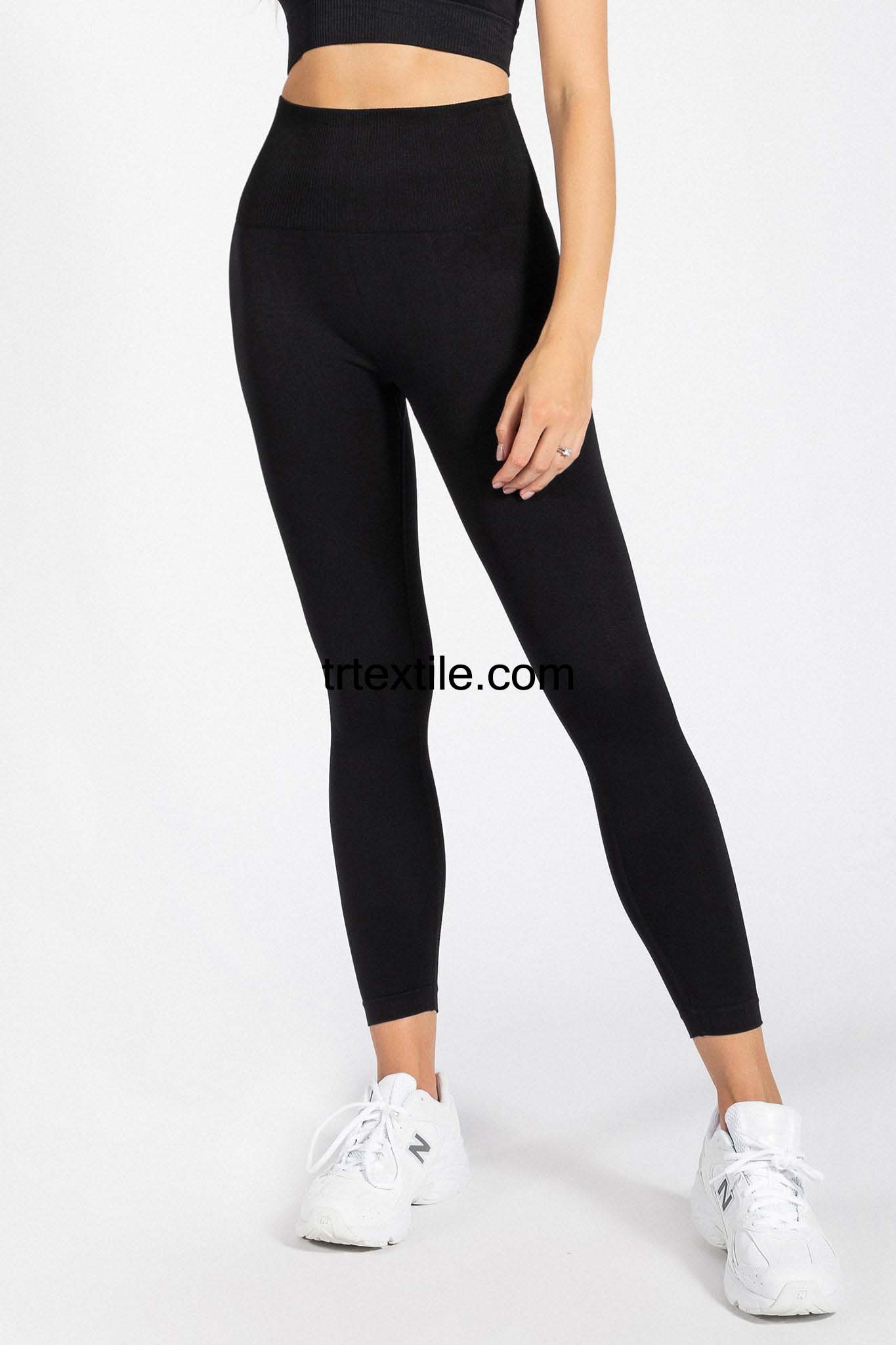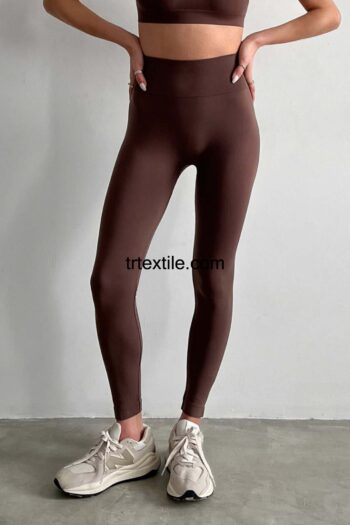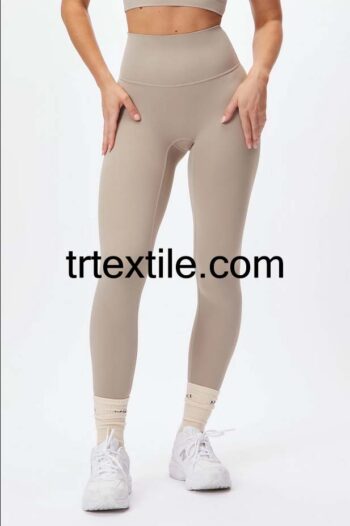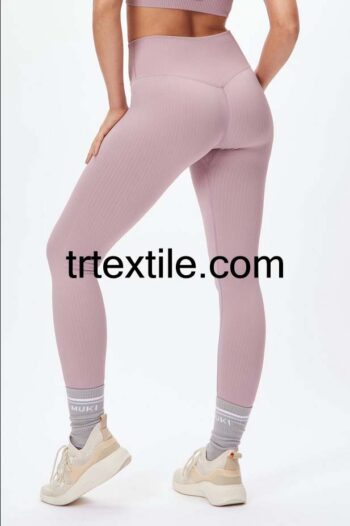Yoga tights have become a staple in the wardrobe of many fitness enthusiasts and fashion-conscious individuals. They are not only comfortable and versatile, but also provide the necessary support and flexibility for various physical activities, including yoga, pilates, running, and weightlifting. As the demand for yoga tights continues to grow, manufacturers are constantly looking for ways to improve their production processes to meet the needs of their customers.
One production model that is gaining popularity in the manufacturing of yoga tights is the “lean manufacturing” approach. This model focuses on eliminating waste and maximizing efficiency in every step of the production process, from sourcing materials to delivery of the finished product. By implementing lean manufacturing principles, manufacturers can reduce lead times, improve product quality, and increase overall productivity.
The first step in the production of yoga tights is sourcing high-quality materials. Manufacturers typically use a blend of synthetic fabrics such as nylon, polyester, and spandex to create tights that are durable, stretchy, and breathable. These materials are often sourced from reputable suppliers who adhere to strict quality standards to ensure the final product meets the expectations of customers.
Once the materials are sourced, they are sent to the production facility where they are cut and sewn together to create the final product. In a lean manufacturing model, manufacturers focus on streamlining the production process by reducing unnecessary steps and minimizing waste. This may involve using automated cutting machines to ensure precision and consistency in the cutting process, as well as implementing quality control measures to detect any defects early on.
After the tights are cut and sewn together, they are inspected for quality and then sent to be dyed or printed with various designs and patterns. This is where manufacturers can add a personal touch to their products and differentiate themselves from competitors. By offering a wide range of colors and designs, manufacturers can cater to the diverse preferences of their customers and create tights that are not only functional but also fashionable.
Once the tights are dyed or printed, they undergo a final inspection before being packaged and shipped to retailers or directly to customers. In a lean manufacturing model, manufacturers strive to minimize lead times and reduce inventory levels to ensure a more efficient production process. By implementing just-in-time production methods, manufacturers can produce tights in response to customer demand, rather than producing large quantities in advance and risking overstocking.
In conclusion, the production model for yoga tights is constantly evolving to meet the growing demands of customers and the changing trends in the fitness and fashion industries. By adopting a lean manufacturing approach, manufacturers can improve efficiency, reduce waste, and deliver high-quality tights that meet the needs of their customers. With a focus on quality materials, streamlined production processes, and innovative designs, manufacturers can continue to innovate and provide customers with the best yoga tights on the market.




